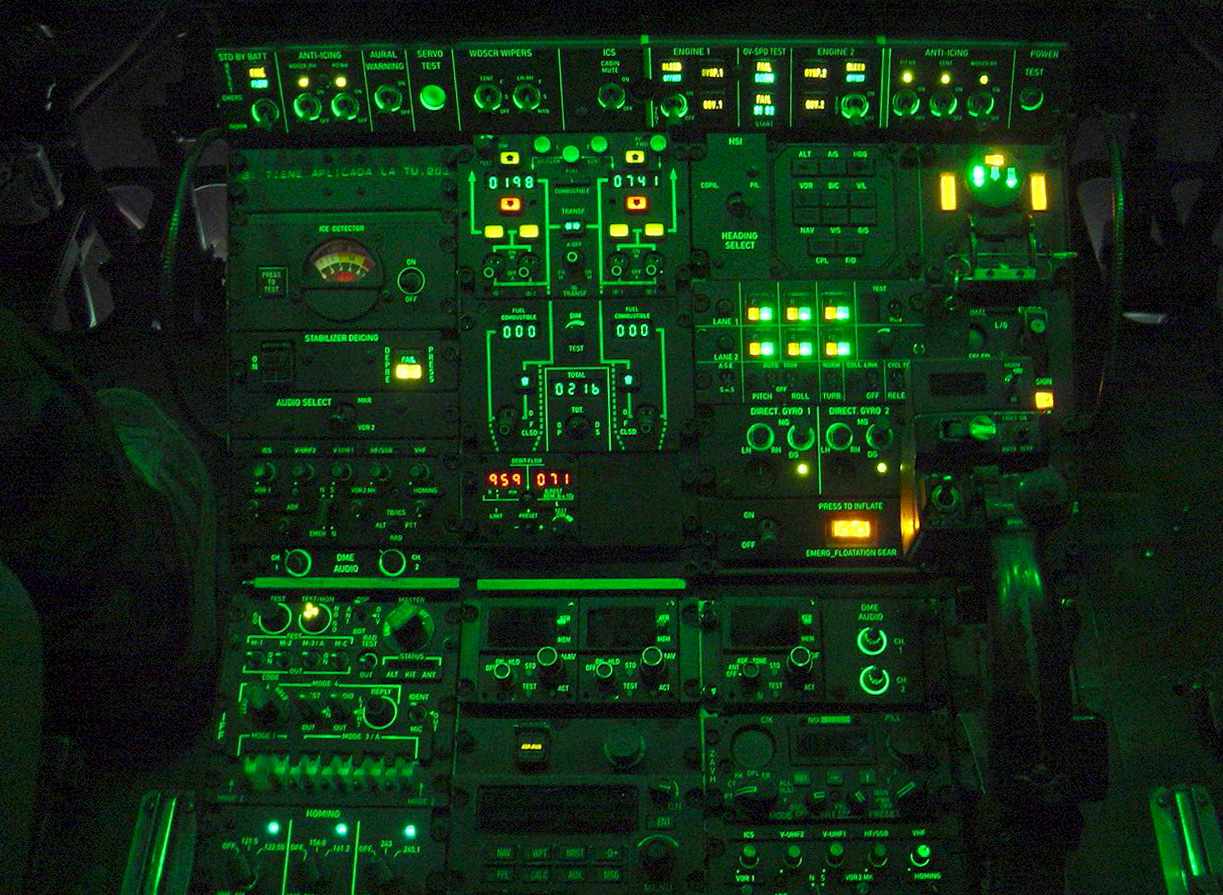
The concept of human-machine synergy in aviation has evolved from simple instrument monitoring to sophisticated partnerships between pilots and intelligent systems. Smart cockpit technology represents the pinnacle of this evolution, where rugged touch screen displays serve as the primary conduits for information exchange and control in modern aircraft. This transformation has redefined how pilots interact with aircraft systems, creating more intuitive, efficient, and safer operational environments.
Smart cockpit technology leverages advanced rugged touch screen displays to create seamless integration between human decision-making and machine processing power. These systems don't merely present information; they actively participate in flight operations by providing contextual data, predictive analytics, and automated recommendations that enhance pilot effectiveness. The touchscreen interface becomes a collaborative tool where pilots can quickly access complex system functions while maintaining situational awareness.
The design philosophy behind modern rugged touch screen displays emphasizes intuitive interaction patterns that reduce cognitive load during critical flight phases. Multi-touch gestures enable pilots to manipulate map displays, adjust system parameters, and navigate through complex menu structures with familiar smartphone-like interactions. However, unlike consumer devices, these aviation-grade interfaces must provide reliable tactile feedback and maintain accuracy even when operated with flight gloves or in high-vibration environments.
Smart cockpit technology incorporates artificial intelligence algorithms that learn from pilot behavior and operational patterns to optimize display layouts and information presentation. These adaptive interfaces can automatically prioritize critical information during different flight phases, reduce display clutter during routine operations, and provide enhanced detail when abnormal situations require immediate attention. The rugged touch screen displays become intelligent partners that anticipate pilot needs and adjust their behavior accordingly.
The integration of augmented reality capabilities into rugged touch screen displays represents a significant advancement in cockpit design. Pilots can overlay navigation information, weather data, and system status indicators directly onto synthetic vision displays, creating a more comprehensive understanding of the operational environment. This technology is particularly valuable during low-visibility conditions where traditional visual references may be limited or unavailable.
Haptic feedback technology has revolutionized how pilots interact with smart cockpit technology. Modern rugged touch screen displays can simulate the feel of traditional mechanical controls through precise vibration patterns and force feedback. This tactile confirmation is essential for aviation applications where pilots must maintain eyes-out scanning while operating cockpit controls. The haptic system can provide different feedback patterns for various control types, helping pilots distinguish between different functions without looking at the display.
The cybersecurity aspects of smart cockpit technology require sophisticated protection mechanisms built into the rugged touch screen displays themselves. These systems must prevent unauthorized access while maintaining the rapid response times essential for flight safety. Biometric authentication, encrypted data transmission, and secure boot processes ensure that only authorized personnel can access critical flight systems through the touchscreen interface.
Voice integration capabilities complement touchscreen interactions in modern smart cockpit technology. Pilots can use voice commands to navigate menu systems, enter flight data, and control aircraft systems while maintaining visual attention on primary flight tasks. The rugged touch screen displays provide visual confirmation of voice commands and enable seamless transitions between voice and touch interactions based on operational requirements.
Environmental adaptability remains crucial for rugged touch screen displays in intelligent cockpit applications. These systems must automatically adjust brightness, contrast, and color temperature based on ambient lighting conditions, time of day, and pilot preferences. Night vision compatibility ensures that displays don't interfere with pilots' natural night vision or night vision goggle equipment during military operations.
Aeromaoz has pioneered many innovations in smart cockpit technology, developing rugged touch screen displays that seamlessly integrate with existing avionics architectures while providing enhanced functionality and reliability. Their expertise in mission-critical environments ensures that intelligent cockpit systems enhance rather than complicate pilot operations.
The future of human-machine synergy in aviation continues to evolve with emerging technologies like brain-computer interfaces, predictive maintenance systems, and autonomous flight assistance. These developments promise to further enhance the partnership between pilots and smart cockpit technology, creating even more intuitive and effective operational environments while maintaining the proven reliability of rugged touch screen displays.
Read More: How Rugged Interfaces Improve Reliability in Aircraft Operations





Write a comment ...